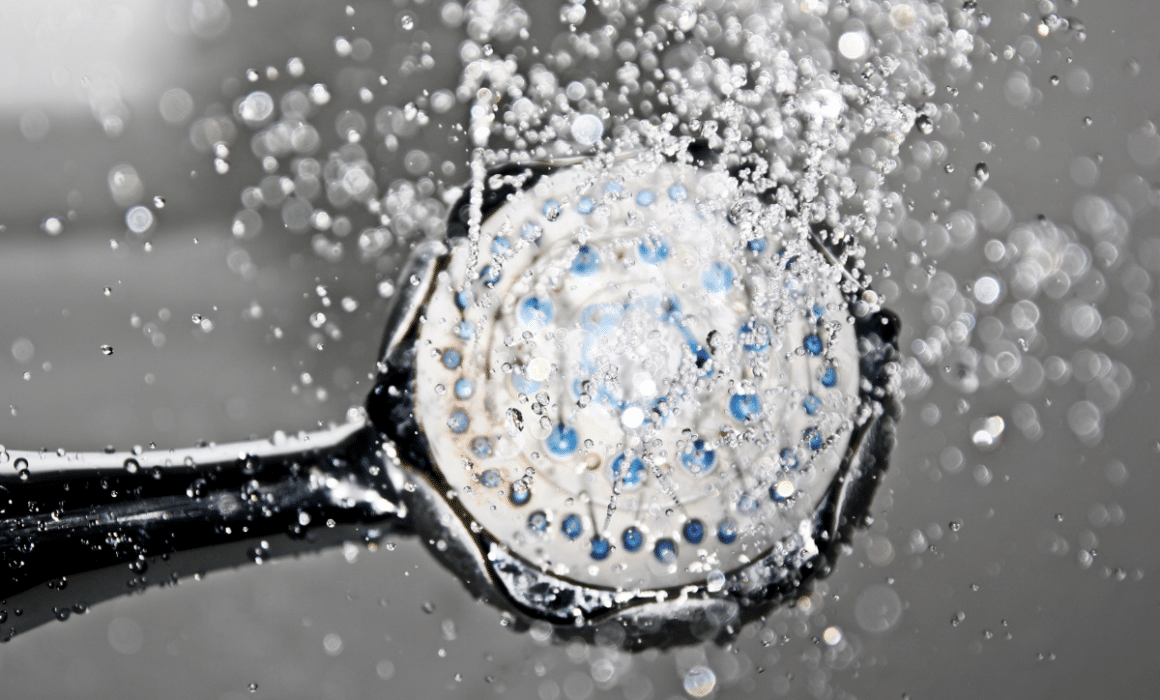Leaking Shower Repairs – Where Is My Shower Is Leaking From?
Recent reports from Chubb show that between 2014 and 2018, a 72% increase in water damage claims among Australian households has been noted. The average amount per claim has also increased. In 2014, the average property claim related to water damage was noted as $17,627. Just four years later, this amount had increased to $30,361 on average. Another important finding is that 34% of Chubb’s property-related claims account for water damage.
Different problems can cause water leakage through your home. One example includes a shower that has a leak. If your shower leaks, then your bathroom could be damaged in the process. Understanding what to look for and finding the location of the leak is the first step to remedy the problem.
Identifying A Shower Leak
It is important to note that some insurance companies will not pay for damage dealt when you failed to implement proper maintenance. Showers can leak without you noticing it at first. Failure to identify the leak, however, can cause a worsening of the problem. More water leaks out into a specific part of your bathroom, which results in greater damages done to the surrounding structures.
With this in mind, it is important to understand the specific signs to look out for.
There are some obvious signs to look for, yet we often do not notice them. Below, we take a look at a few common signs that there is a shower leak in your bathroom:
- If you find that your bathroom has a musty or damp smell, then there’s a chance your shower has a leak.
- A leak tends to cause problems with the grout throughout your bathroom. This can, in turn, cause tiles to become loose.
- Sometimes, you may find that paint starts to peel off the wall. Instead of peeling, sometimes the paint makes bubbles.
- Consistently struggling with mildew and mould in the bathroom is also a common sign.
- Check for water on the floor in the bathroom after getting out of the shower.
Where Is The Leak Coming From?
There are a few areas where a leak may come from in the shower. This is why a thorough inspection is so important. Before doing anything extreme, there are a few simple steps that should be followed.
Start by standing inside the shower and splash some water to the side. If you look outside, see if any of the water travelled out of the shower. Also, check if the rubber that creates a seal in your shower is fitted properly or shows signs of wear. Inspect the caulking regions – where the shower attaches to the wall and ground. Leaks can occur over the years, as the caulking can start to crack.
If these do not yield any results, then check the drain. Try to spray water around in the shower and see if there are any areas where it leaks through. Also, thoroughly inspect the shower tray – cracks in the grout could cause water to start seeping through to the exterior of the shower.
Conclusion
Shower leaks can lead to significant losses, causing damage to several parts of your bathroom. The first step is to identify the leak. There are several signs to look out for – be sure to take action if you do notice any of these signs. Once identified, try to find the area where the leak originates from, as this makes the process of fixing the issue easier.
At Leaky Showers, we use an extensive inspection method to ensure we are able to quickly find the problem area. Our team of experts can give you a full overview of what needs to be done and implements any fixes in a professional manner while still ensuring you get an affordable option when repairing a shower leak.

